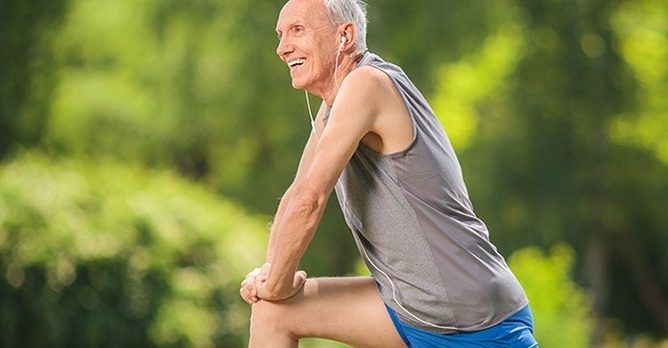Seeking the Peak: 3 Steps to Predicting Endurance Performance

It is often difficult to predict our performance in athletic events and in business. Remember, we can only predict our own performance -- not our placement. Sometimes we get caught up in gathering more and more information because we think we don't have enough to make a precise or accurate decision to achieve our desired result. Or we get stuck thinking that we don't have any information.Even our gut instinct is going on some information that we have, but may not be entirely aware of.
I recently read a book called, How to Measure Anything in Business. In this book, Douglas Hubbard teaches us how to become more confident and more accurate in measurements. He demonstrates that decisions can be made even if we think we don’t have any information (which we actually do if we think about it). This includes "intangibles" which are often thought of as immeasurable.
Estimating from one's past performance is often one of the best ways to predict future performance. I have accumulated several years of past performances including the BMO Vancouver Half and Full Marathons, the Sun Run, the Grouse Mountain Run and many Biathlon races to help me figure out how long it might take me to complete the Seek the Peak in July 2010. Other pieces of my puzzle are 2009’s race results for the BMO Grouse Mountain Run (GMR) and Seek the Peak. The winner in my age group (30-39 years old) of the GMR competed in both. Another method is to complete fitness assessments related to your sport. I have past Max VO2 tests and recently completed a Running Blood Lactate Balance Point Test with Nicola Gildersleeve.
Step One: Gather Information
2009 BMO Grouse Mountain Run (GMR)
Alfred's Time: 40:40 min vs. Age group winner(AGW): 31:31 min
2009 Seek the Peak
Stage 3 Time of AGW of GMR: 38.16
AGW of GMR total Seek the Peak Time 1:36.59
2010 Lactate Balance Point
170 bpm at 7.00 miles per hour
1999 Max VO2: 69 ml.min/kg according to a bike with respiratory measurements
2010 Max Vo2: Polar Own Zone as of March 1 - 56 ml/min/kg. As of April 10 - 70ml.min/kg
2003 Vancouver Marathon: 4:08.59
2002 Vancouver Half Marathon: 1:45.54 (approximately)
Step Two: Analyze the Information
Method A - Performance Percentage
Seek the peak pace of GMRAGW/PPGMR x Seek the Peak AGW of GMR - 1:36.59/ (31:18/40:40) = 1:37.00/ 0.77 = 2:06.00
Method B - Age Group Winner - Stage 3 Comparison to Grouse Mountain Run
GRPP% X 40:40min = 38.18/31:16) X 40:40 min = 1.23 * 40:40 min = 49:48 min
Method C - Lactate Balance Point Pace
Pace at Lactate Balance Point x 16km = (60 min / 11.26) x 16km = 5.32 min/km x 16km = 85 min
Assumption: Somewhere I read that trail runs can be 30-100% slower than road running, which makes physiological sense due to the uphills, downhills, and foot placement
Method C = 85 min x 1.30 = 110 = 1:50.00 Hrs
Method D - Lactate Training Book Pace Prediction
Lactate Training Book where Lactate Balance Point V4 is 100% which is 10 km and 20km pace 98.8%, assume 16 km pace is 99% of V4
Method D = (5.34 min/km)/.99) x 1.3 x 16km
Method D = 1:52.00 Hrs
Step Three: Interpret Information
I intuitively knew that I could reach a Grouse Grind time of sub 40-minutes. I achieved this on September 10, 2009. This gave me the confidence that if I were to race with my current conditioning, a predicted time for Seek the Peak (2010 Event Info) between 1:52:00 hours and 2:06:00 hours is accurate. These four methods show us that they are within 14 minutes (~10%) of each other. How much more precision do you need to interpret and create a training plan? Sometimes too much information ends up being just data and stops us from taking action.
A very easy way to predict your time is to complete the race course during your training, e.g., do it in portions at or near race pace then add them all together. The additional benefits of this are that you will become familiar with the terrain and be more confident on race day.
Resources:
Janssen, Peter, Lactate Threshold Training: Human Kinetics 2001






